Since the First World War, aircraft have been key to winning major skirmishes. Not only do they provide fire support from the air, they can also serve in reconnaissance roles. As the past century has shown, not all fighters, biplanes and jets are created equal, and the forces with the most advanced technology typically come out of battles victorious. The following list features eight of the most dangerous aircraft to ever take to the skies.
Fokker Eindecker
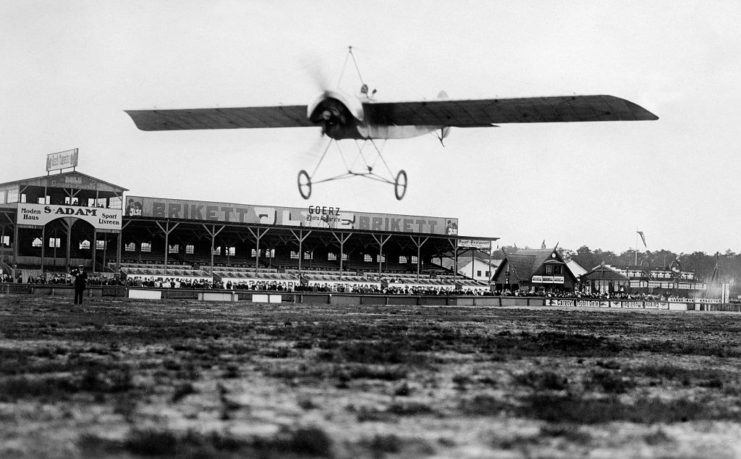
The Fokker Eindecker was the first really dangerous aircraft to take to the skies. It came from the mind of Dutch engineer Anthony Fokker, who designed the monoplane with a Parabellum MG 14 that could easily take out enemy aircraft, thanks to the addition of the first-ever synchronization gear. This feature allowed the pilot to fire their machine gun without the bullets hitting the aircraft’s blades.
In 1915, German aviators dominated the skies, and the Eindecker was far more advanced than the aircraft flown against them. This period of dominance was later referred to by historians as the “Fokker Scourge.” It didn’t last long, however, as both the British and French had developed their own monoplanes, the Airco DH.2 and Nieuport 11, by 1916.
Boeing AH-64 Apache
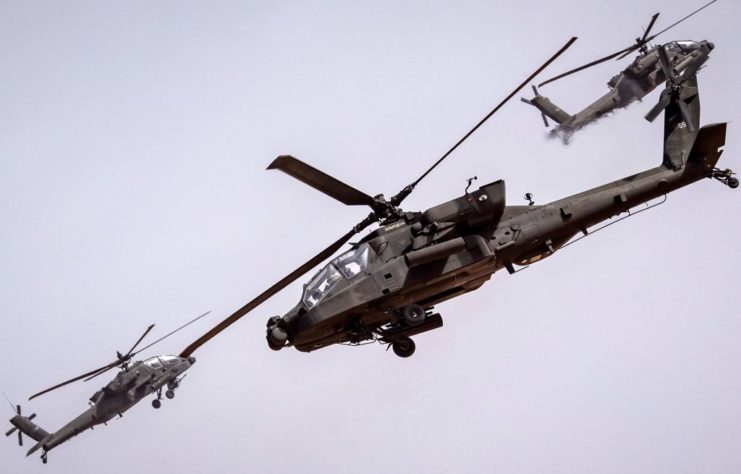
The most dangerous aircraft aren’t necessarily jets or fighters. While helicopters were first introduced to ferry troops in combat, they’ve become more and more threatening over the years. The Boeing AH-64 Apache is arguably the most dangerous helicopter ever developed. Dubbed the “flying tank,” it was first deployed during Operation Just Cause, the American invasion of Panama. During this time, it primarily operated at night, flying attack missions over various targets.
The helicopter also saw use during the Gulf War, as well as the wars in Iraq and Afghanistan. It features an M230A1 Hughes chain gun as its primary armament, with the ability to carry AGM-114 Hellfire II anti-armor missiles and Hydra-70 2.75-inch rockets. Boeing has even suggested the AH-64 could be equipped with a direct energy weapon, with the first successful test occurring in 2017.
Sukhoi Su-33
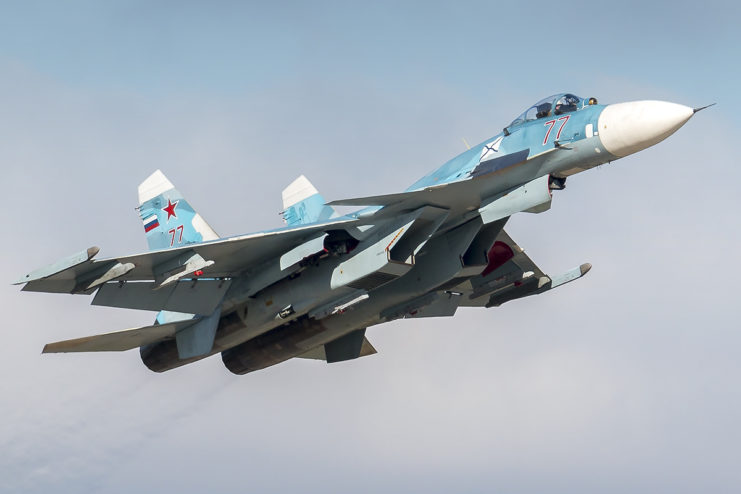
The Sukhoi Su-33 was built to be an improvement on the already formidable Su-27, and it was geared toward naval operations. It features folding wings, upgraded engines and a strengthened undercarriage, and it can also be refueled midair.
While officially introduced into service in 1998, the Su-33 was actually first used in military operations three years earlier while aboard the Admiral Kuznetsov in the Mediterranean Sea. The fighter jet was used in Russia’s military intervention in Syria in 2015. Due to the collapse of the Soviet Union and the downsizing of the Russian Navy, only 24 were ever produced.
Mikoyan-Gurevich MiG-21
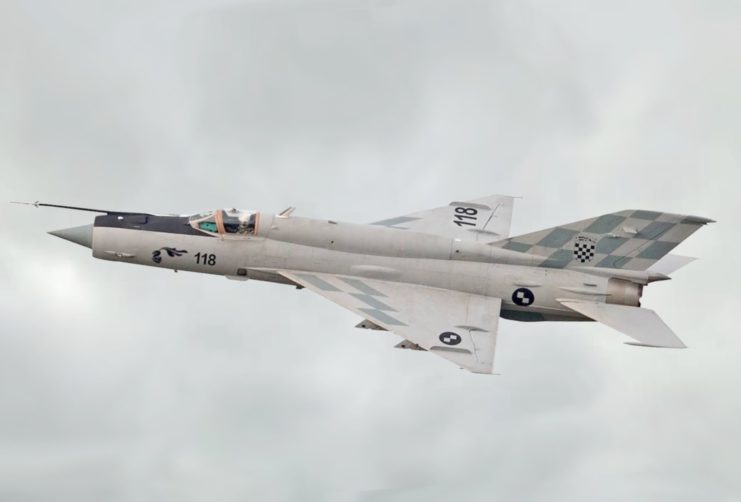
The Mikoyan-Gurevich MiG-21 experienced its first flight in 1955. The supersonic fighter and interceptor has become an absolute workhorse during its decades in the sky, being flown by around 60 countries, rightfully earning its place as one of the most dangerous aircraft of all time. It’s also earned a number of accolades, including the most-produced combat aircraft since the Korean War and the most-produced supersonic jet in aviation history, with nearly 11,500 made.
The Soviet-produced MiG-21 has been flown throughout a number of major conflicts, including the Vietnam War, the 1971 Indo-Pakistani War and the Kargil War, with many drawn to its simple design, particularly when it comes to its controls and avionics. While no MiG 21s were produced after 1985, the aircraft remains in service today in some countries.
Supermarine Spitfire
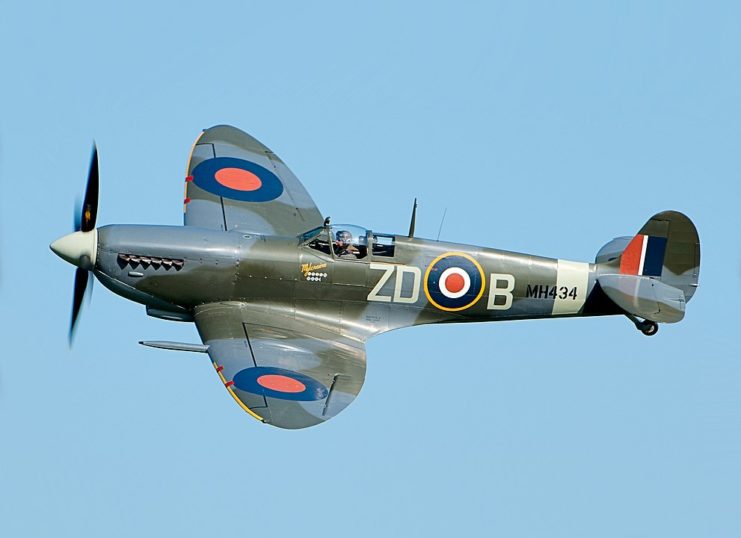
British designers began working on the single-seater Supermarine Spitfire in 1928, with the aircraft making its first flight eight years later. The Spitfire was pressed into service almost immediately when the Second World War broke out, serving the Royal Air Force (RAF) and other Allied countries.
The Spitfire acquitted itself terrifically against the skilled pilots of the German Luftwaffe, particularly during the Battle of Britain when the fighter was tasked with taking on Messerschmitt Bf 109s. It also served as an effective photo-reconnaissance aircraft, and is credited with taking the photographs that confirmed the development of the German V-1 and V-2 rockets.
Shenyang J-16
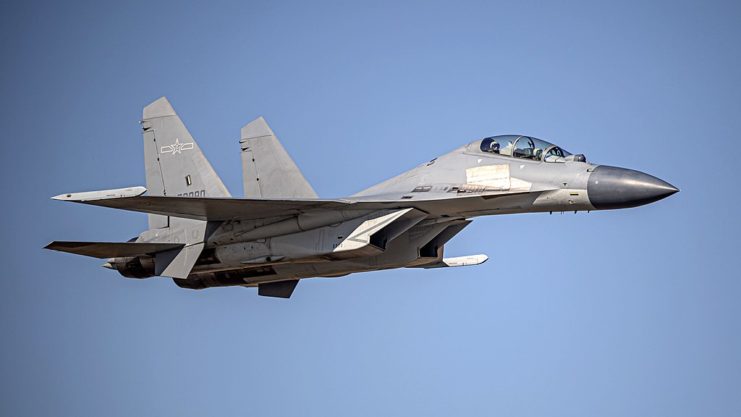
The Shenyang J-16 fighter was based on the J-11BS, which itself was based on the Sukhoi Su-27. The Chinese government had purchased a number of the Soviet aircraft in the 1990s and wanted to develop something similar. In service since 2015, the jet was designed for modern warfare, with a lighter weight and radar-absorbent paint.
The J-16 also has an electronic warfare version, which features external warfare pods and internal jamming equipment. Solely flown by the People’s Liberation Army Air Force, the multirole strike fighter is primarily used to protect Chinese airspace.
Boeing B-29 Superfortress
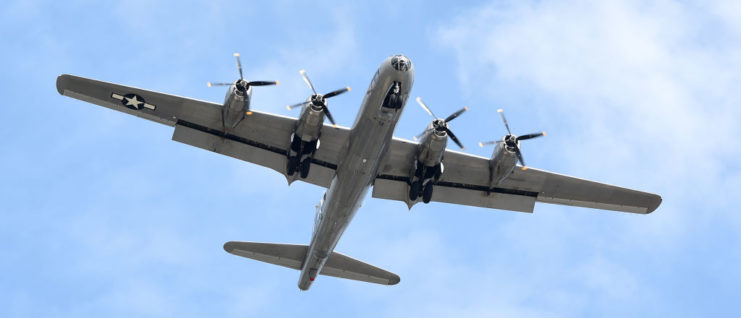
The B-29 Superfortress was first developed by Boeing in the early 1940s, having been fast-tracked for use during World War II. The massive bomber was built to drop bombs, but also excelled at low-altitude incendiary bombing. There were initially issues with the aircraft’s engines catching fire, but those were eventually resolved, allowing the B-29 to enter service in time.
The bomber earned its status as one of history’s most dangerous aircraft in August 1945, when the Enola Gay and Bockscar dropped the atomic bombs on Hiroshima and Nagasaki. The bomber remained in service throughout the Korean War, and was retired in 1960. Only 26 remain today, with just two being considered airworthy.
Lockheed AC-130
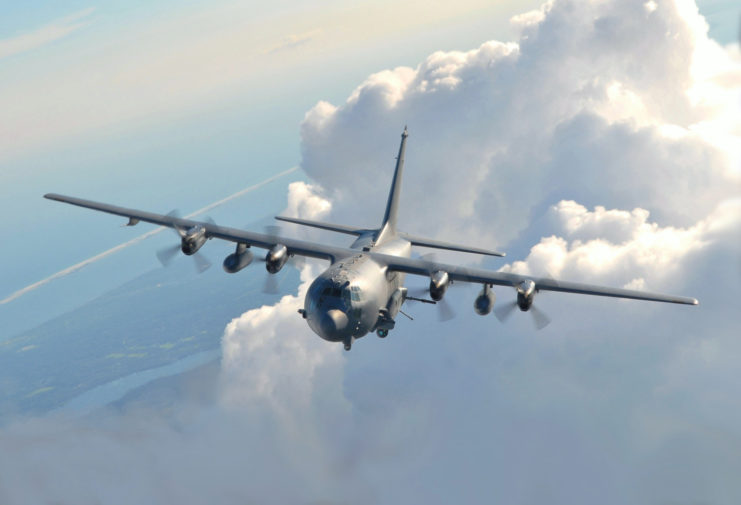
Closing out our list of most dangerous aircraft is the AC-130, the ground-attack variant of the Lockheed C-130 Hercules. It was created in a partnership between Boeing and Lockheed, with the latter constructing the airframe and the former turning it into a gunship.
